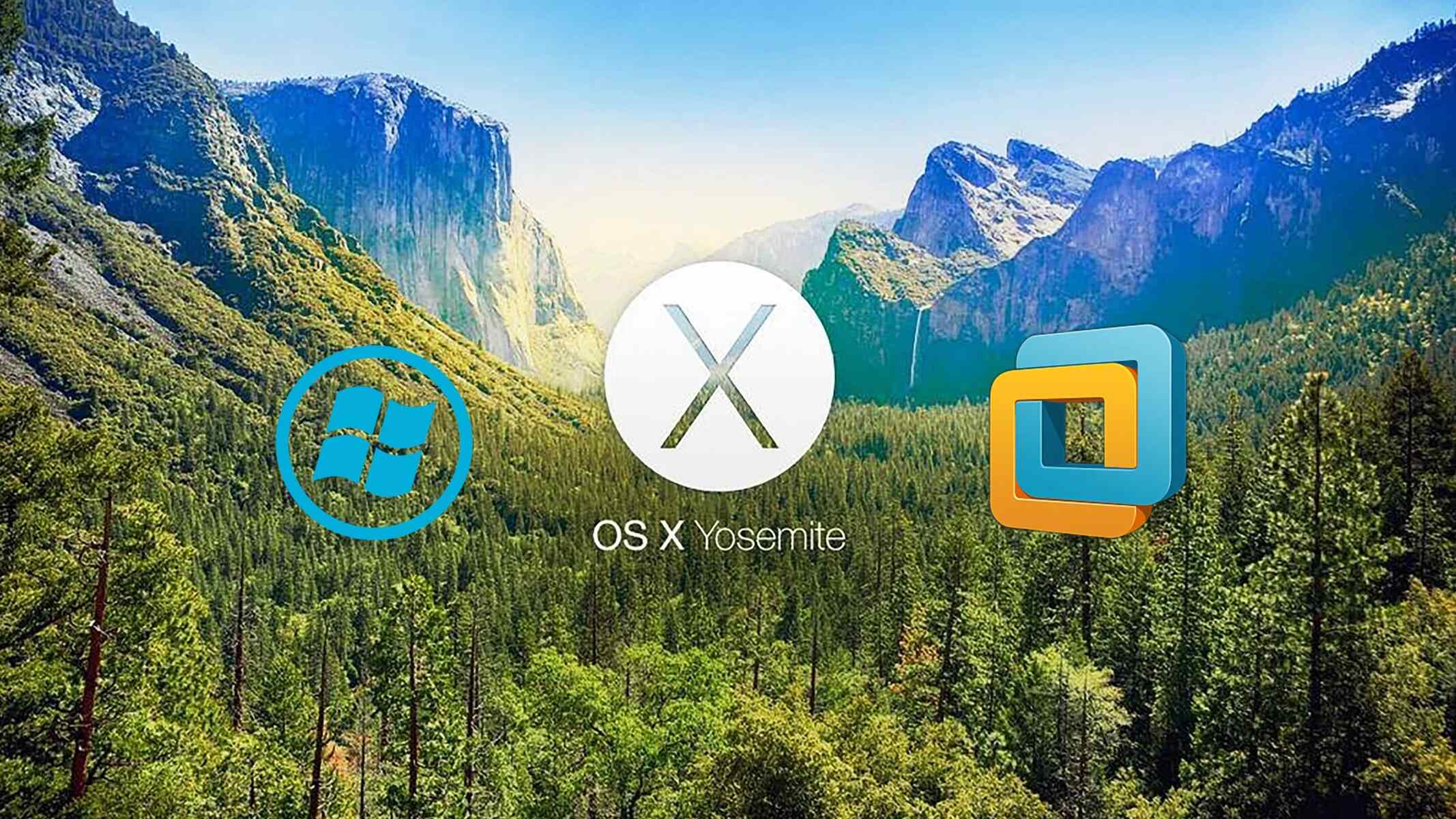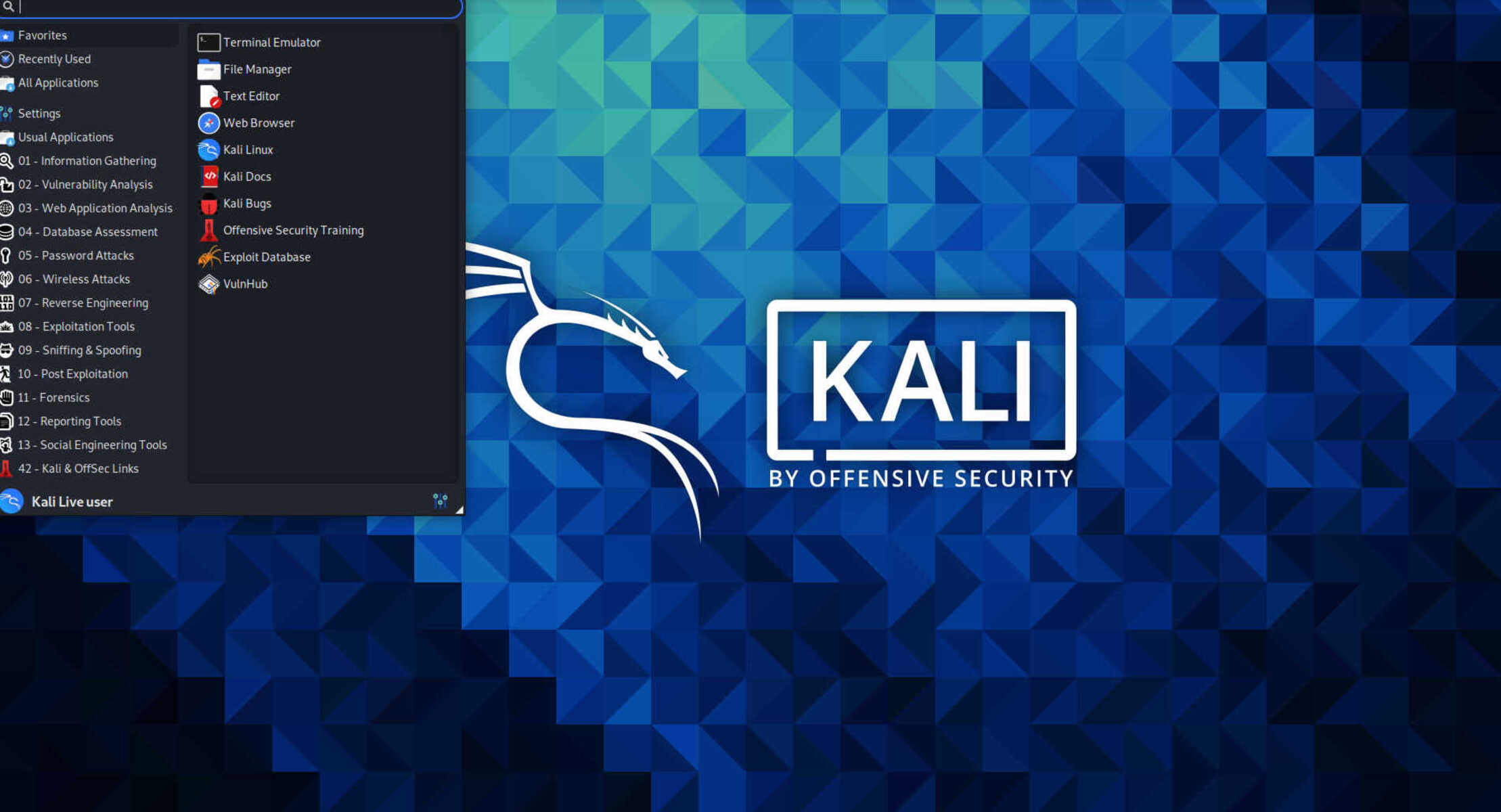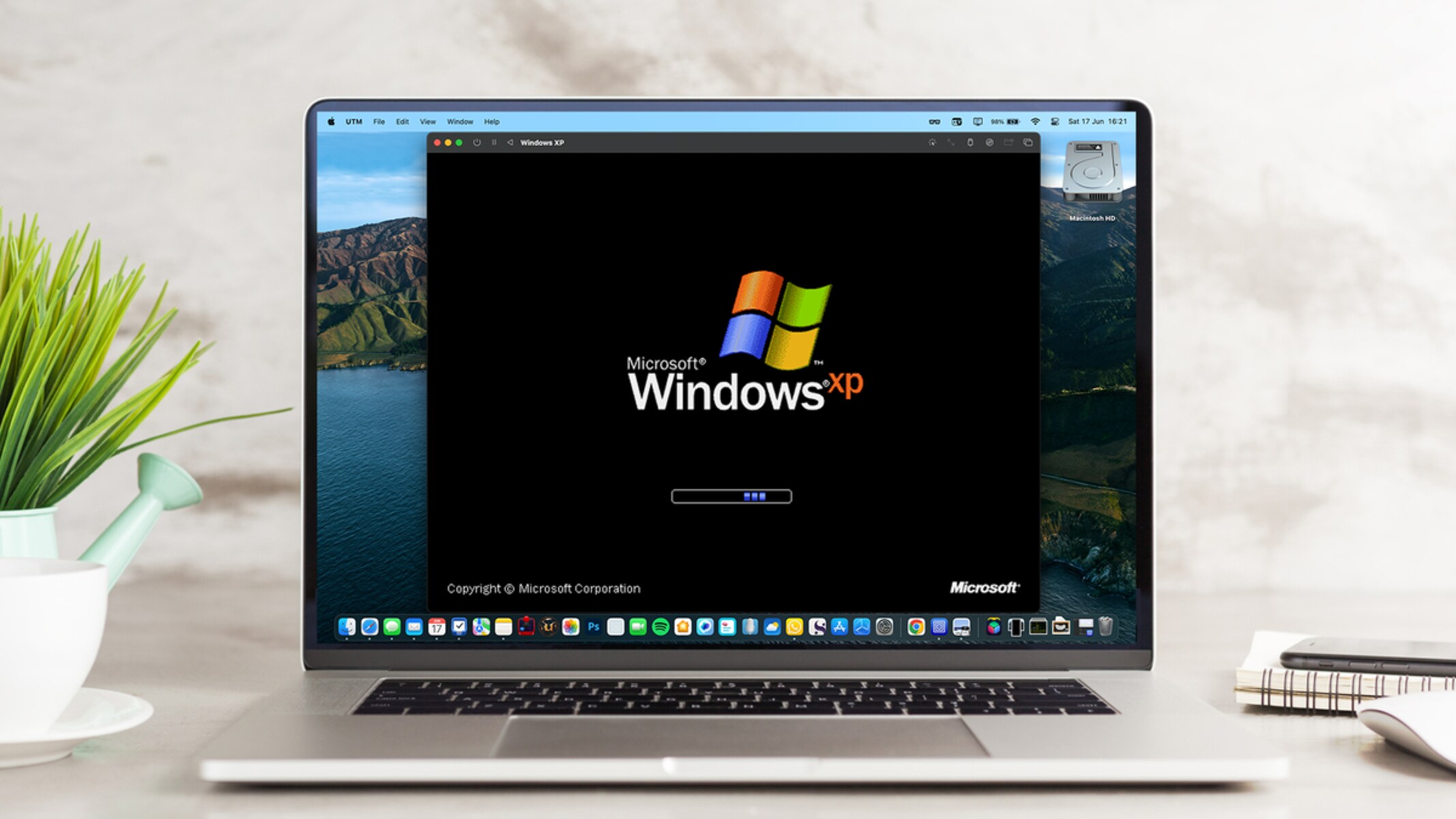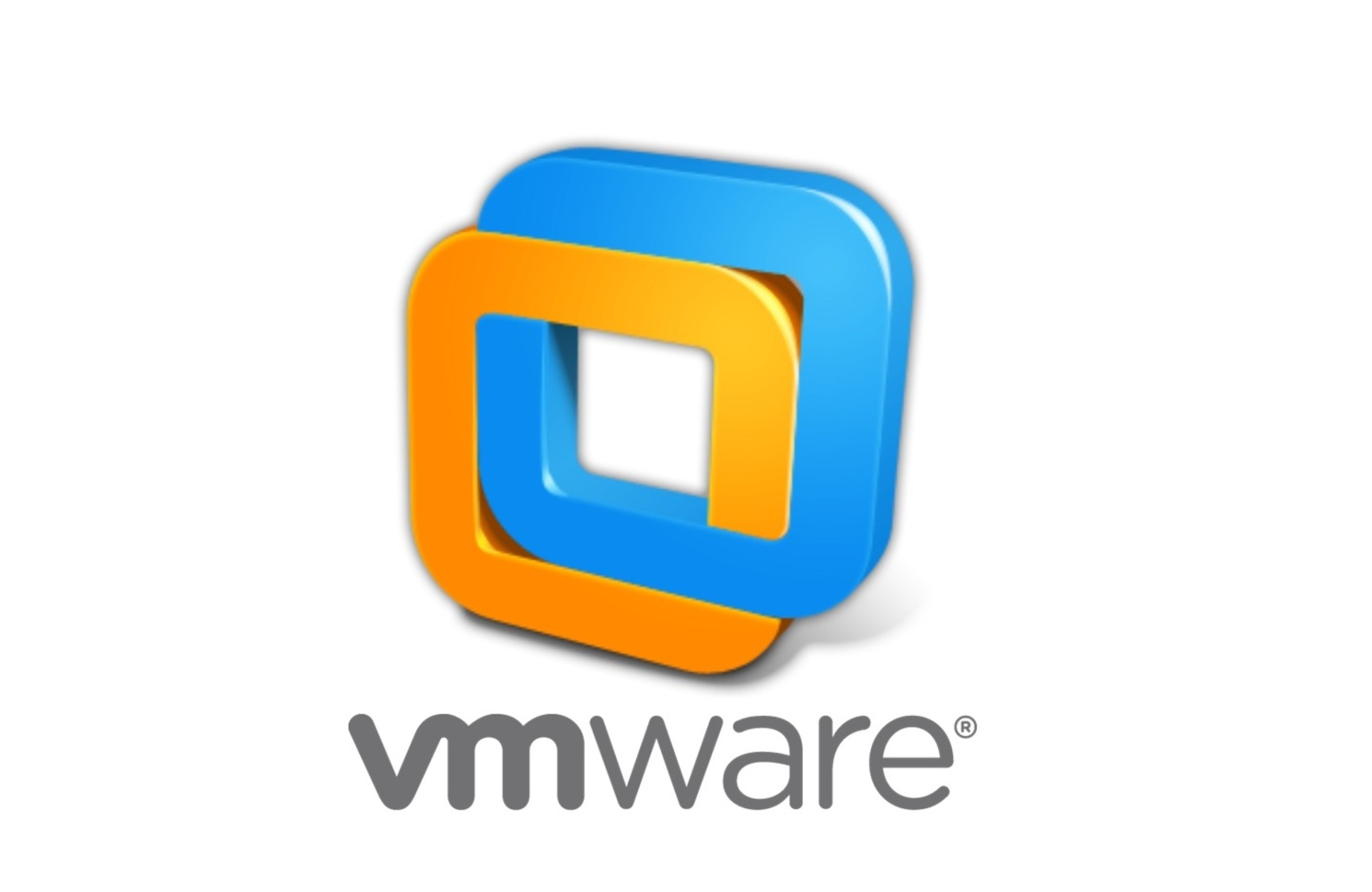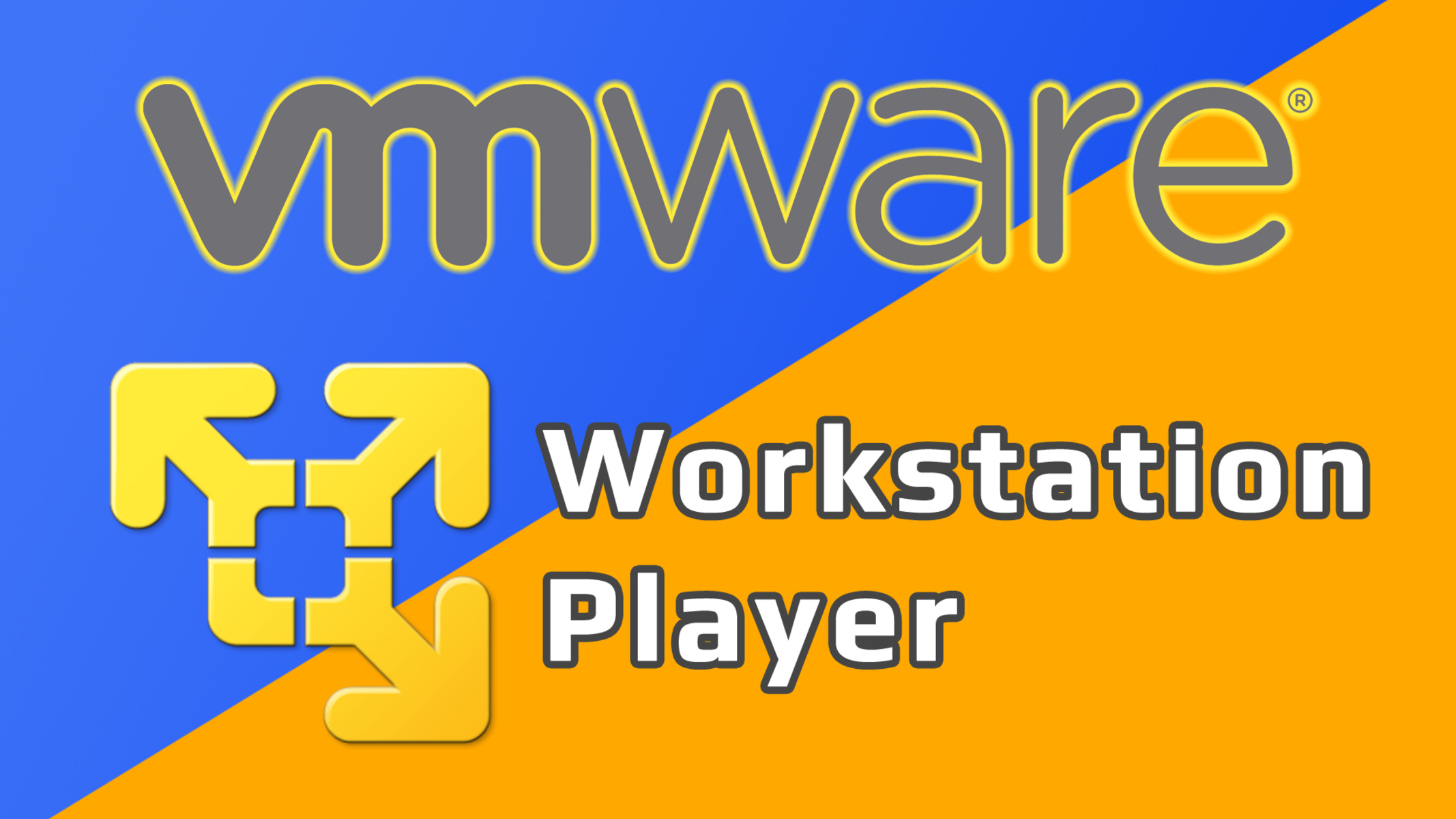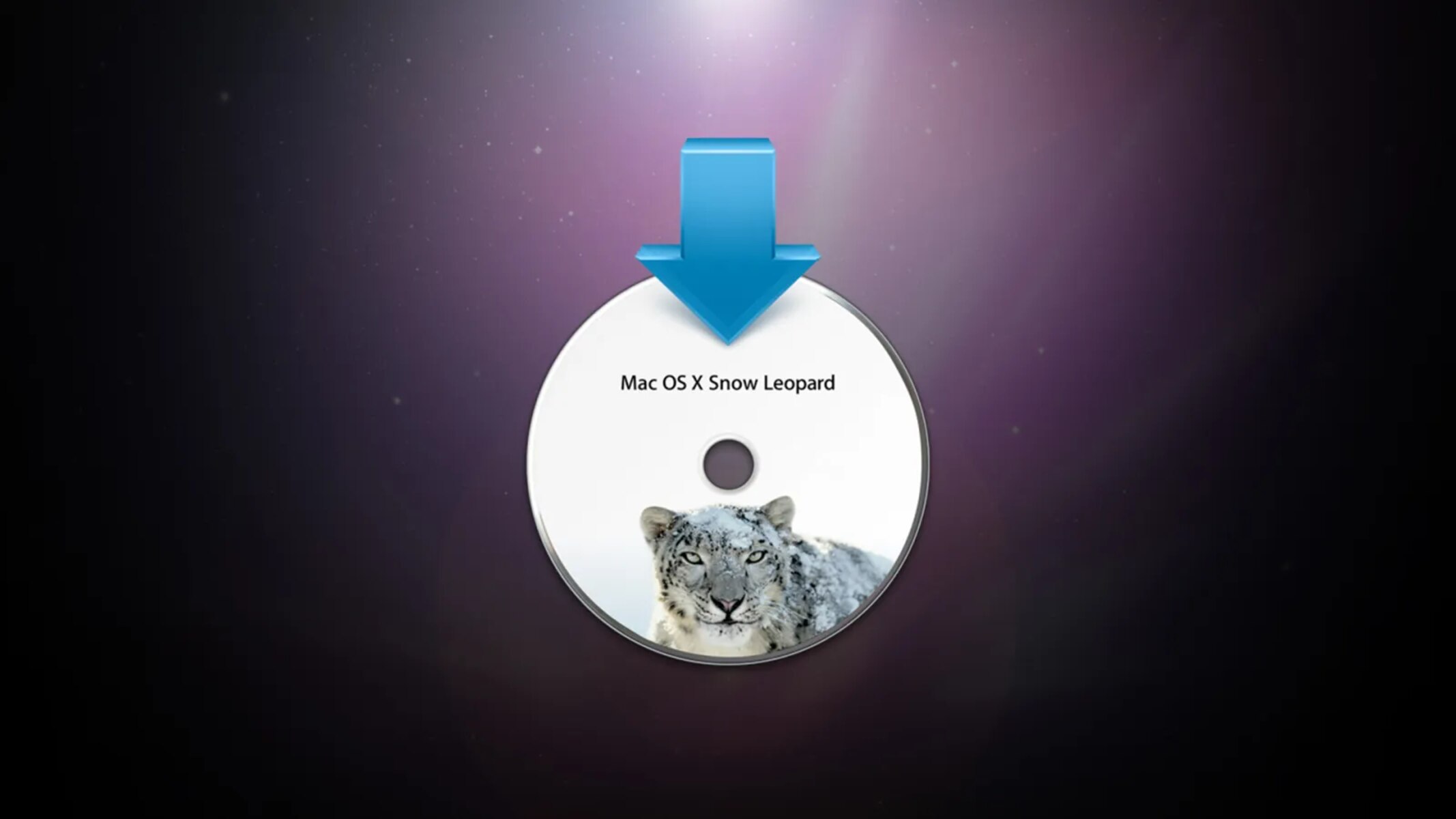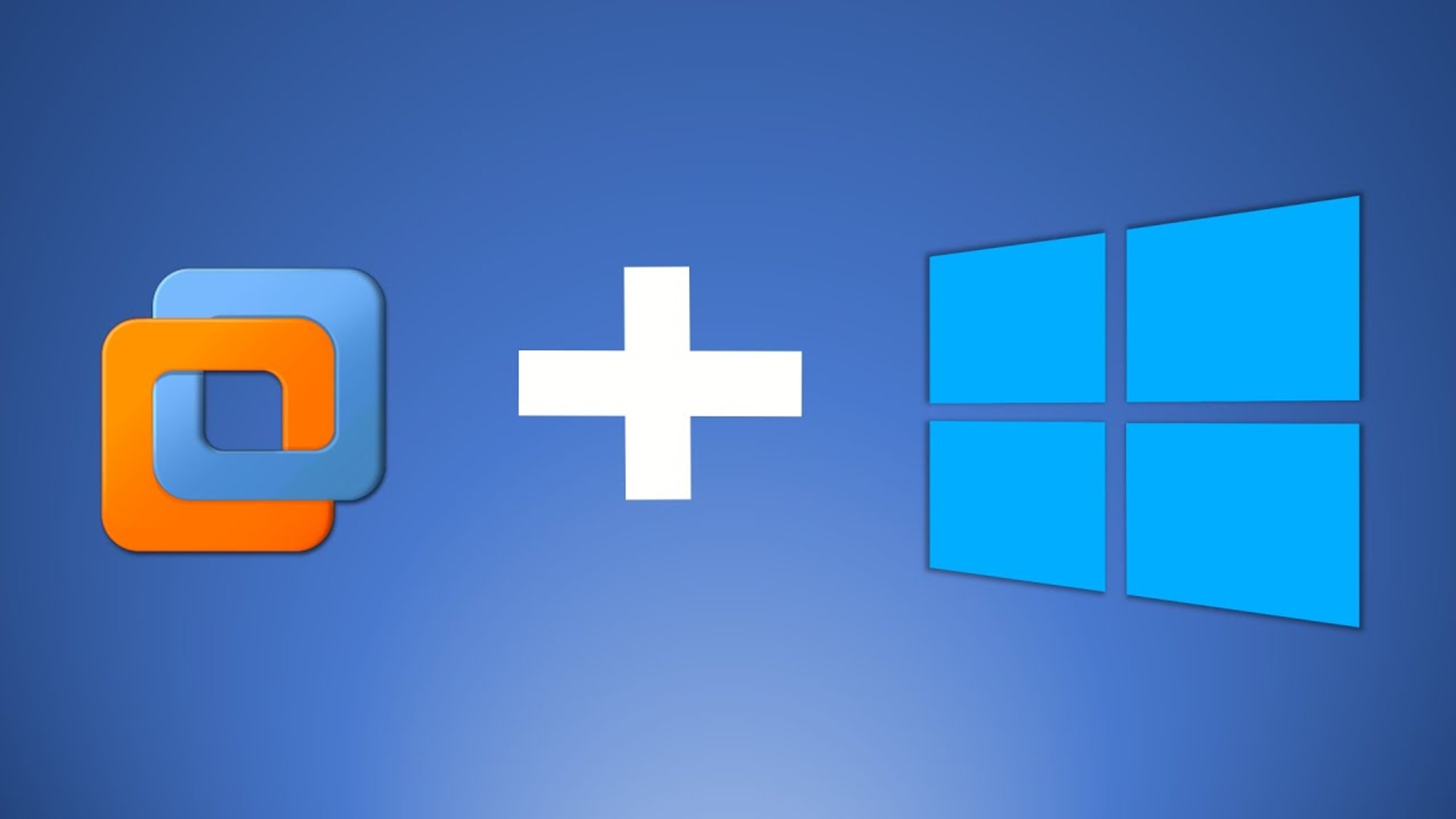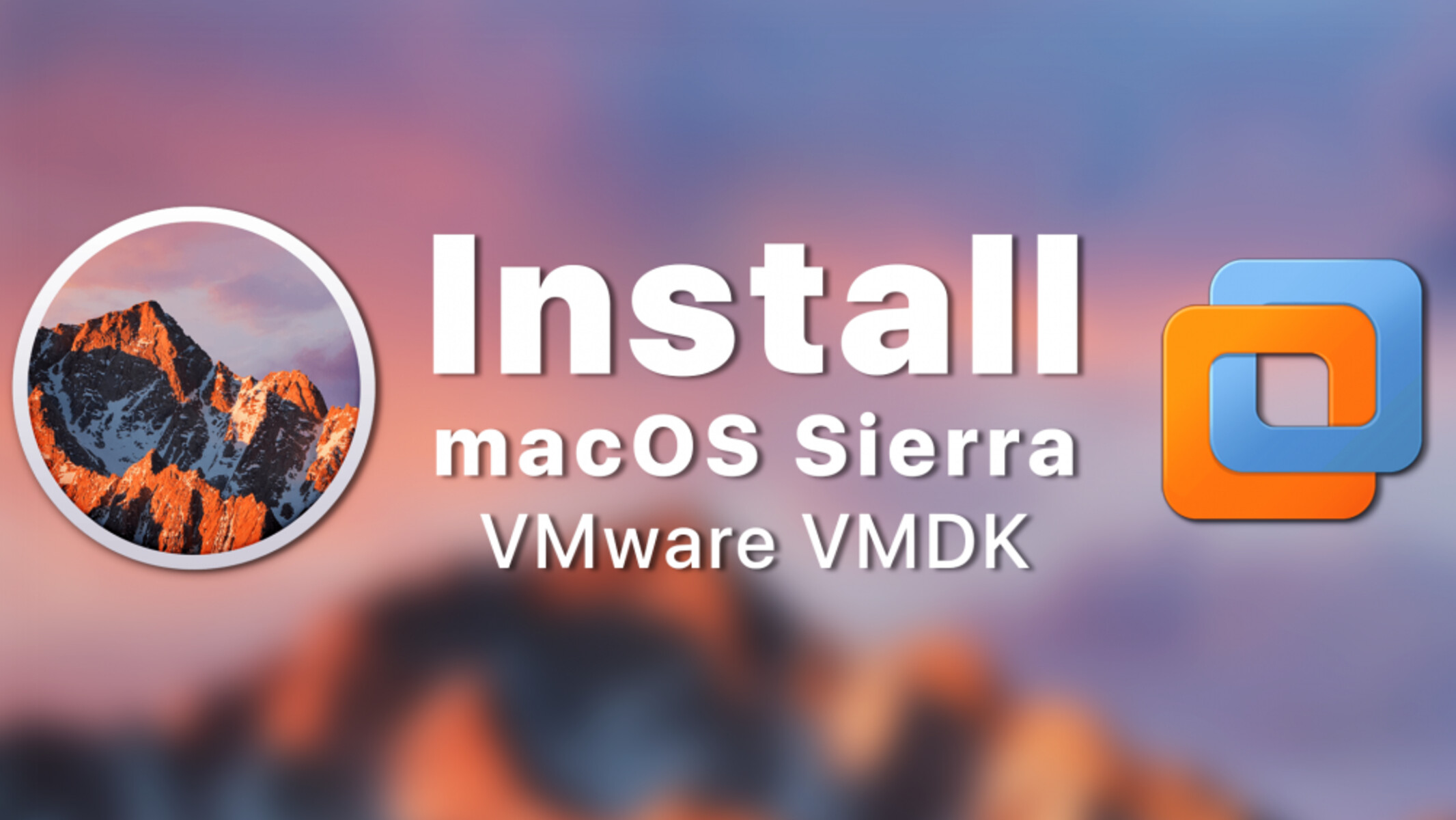Introduction
Connecting a phone to VMware Workstation 12 can be a useful way to test apps, debug software, or access specific features that are only available on your phone. By establishing a connection between your phone and the virtual machine, you can leverage the power of VMware Workstation to simulate a real-world mobile environment.
In this article, we will guide you through the process of connecting your phone to VMware Workstation 12. We will cover the necessary requirements, step-by-step instructions, and provide tips to ensure a smooth connection. Whether you are a developer, tester, or tech enthusiast, this guide will help you make the most of VMware Workstation with your phone.
Before proceeding, it is essential to have VMware Workstation 12 installed on your computer. This powerful virtualization software allows you to run multiple virtual machines on a single physical machine, making it an ideal choice for creating a simulated mobile environment. Additionally, you will need a USB cable to connect your phone to your computer.
By following these instructions, you will be able to establish a connection between your phone and the virtual machine, enabling you to transfer files, test applications, and access phone functionality. So let’s dive in and get started with the process of connecting your phone to VMware Workstation 12!
Requirements
Before connecting your phone to VMware Workstation 12, it is important to ensure that you have met the necessary requirements. Here are the key components that you will need:
- Computer with VMware Workstation 12: First and foremost, you will need a computer that has VMware Workstation 12 installed. Make sure that your computer meets the system requirements for running VMware Workstation smoothly. You can download the software from the official VMware website and install it following the instructions provided.
- Phone: You will, of course, need a phone that you want to connect to VMware Workstation. It could be an Android phone or an iPhone, as long as it has a USB connection and the ability to transfer data via USB.
- USB Cable: To establish a connection between your phone and the computer running VMware Workstation, you will need a USB cable. Make sure you have a compatible cable that can connect your phone to the computer effectively. If your phone has a newer USB-C port, ensure that you have a USB-C to USB-A cable or adapter if your computer doesn’t have a USB-C port.
- Operating System Compatibility: Ensure that your computer is running an operating system that is compatible with VMware Workstation 12. Whether you are using Windows or Linux, check the system requirements to ensure compatibility.
- Phone Drivers: It is important to have the necessary drivers installed for your phone on your computer. These drivers allow the computer to recognize and interact with your phone. Most modern phones offer these drivers as part of their software bundle, but you may need to download and install them manually if they are not already present on your computer.
By having these requirements in place, you can proceed with the steps outlined in the following sections to successfully connect your phone to VMware Workstation 12. Take the time to ensure that you have all the necessary components to avoid any potential issues during the connection process.
Step 1: Setting up the Virtual Machine
The first step in connecting your phone to VMware Workstation 12 is to set up a virtual machine to emulate the mobile environment. Here’s how you can do it:
- Create a New Virtual Machine: Open VMware Workstation 12 and click on “Create a New Virtual Machine” to start the setup wizard. Select the appropriate options for your needs, such as the operating system and version you want to use. You can choose to install the operating system later or use an existing virtual disk, depending on your requirements.
- Configure Virtual Machine Settings: Once you have created the virtual machine, you will need to configure its settings. Adjust the hardware settings such as memory, CPU, and storage based on the requirements of your virtual mobile environment. Make sure to allocate enough resources to ensure smooth performance.
- Install the Operating System: If you opted to install the operating system later, you will need to install it now. In VMware Workstation, navigate to the virtual machine settings and select the “CD/DVD” option. Choose the ISO file of the operating system you want to install and set it as the source. Follow the on-screen instructions to install the operating system within the virtual machine.
- Set up Networking: To ensure that your virtual machine can communicate with your phone, configure the networking settings. In VMware Workstation, go to the virtual machine settings and select the “Network Adapter” option. Choose the appropriate network mode, such as bridged or NAT, depending on your network configuration.
- Install VMware Tools: VMware Tools is a set of utilities that enhances the performance and functionality of the virtual machine. In VMware Workstation, go to the virtual machine settings and select the “VMware Tools” option. Follow the on-screen instructions to install VMware Tools within the virtual machine.
Once you have completed these steps, your virtual machine will be ready to connect your phone to VMware Workstation 12. Ensure that you have saved and powered on the virtual machine before proceeding to the next step. In the following sections, we will guide you through enabling USB passthrough, connecting your phone, installing device drivers, and accessing the phone in VMware Workstation.
Step 2: Enabling USB Passthrough
In order to connect your phone to VMware Workstation 12, you need to enable USB passthrough, which allows the virtual machine to directly access the USB ports on your computer. Follow these steps to enable USB passthrough:
- Power Off the Virtual Machine: Before enabling USB passthrough, make sure your virtual machine is powered off. If it is currently running, shut it down gracefully.
- Go to Virtual Machine Settings: In VMware Workstation, select the virtual machine you created and navigate to the “Edit” menu. From there, click on “Virtual Machine Settings” to open the settings dialog.
- Select the USB Controller: In the settings dialog, click on “USB Controller” under the “Hardware” tab. Choose the appropriate type of USB controller, such as USB 2.0 or USB 3.0, based on the capabilities of your computer and phone.
- Enable USB Passthrough: Once you have selected the USB controller, check the box that says “Enable USB Controller” and “Show all USB input devices” options. This allows your virtual machine to recognize and utilize USB devices connected to your computer.
- Save the Settings: After enabling USB passthrough, click “OK” to save the settings and close the virtual machine settings dialog.
With USB passthrough now enabled, your virtual machine will be able to detect any USB devices connected to your computer, including your phone. In the next step, we will guide you through the process of connecting your phone to the virtual machine and installing the necessary device drivers. So let’s move on to step 3!
Step 3: Connecting the Phone to the Virtual Machine
Now that USB passthrough is enabled, you can proceed with connecting your phone to the virtual machine. Follow these steps to establish the connection:
- Connect the USB Cable: Take the USB cable that came with your phone and connect one end to your phone’s USB port. Take the other end and connect it to a USB port on your computer.
- Power On the Virtual Machine: Start VMware Workstation and power on the virtual machine that you set up earlier. Wait for the virtual machine to boot up and reach the desktop.
- Enable USB Connection: In VMware Workstation, navigate to the “VM” menu and select “Removable Devices”. From the list of available devices, locate your connected phone and click on it to enable the USB connection.
- Connect the Phone to the Virtual Machine: Once the USB connection is enabled, your phone should be recognized by the virtual machine. It may take a few moments for the virtual machine to initialize the device.
After following these steps, your phone should now be connected to the virtual machine. The virtual machine will treat your phone as if it were physically connected, allowing you to interact with it within the virtual environment.
In the next step, we will walk you through the process of installing the necessary device drivers to ensure proper communication between the phone and the virtual machine. Let’s proceed to step 4 and get your phone ready for VMware Workstation!
Step 4: Installing Device Drivers
In order for your virtual machine to communicate properly with your phone, it is essential to install the necessary device drivers. These drivers allow the virtual machine to recognize and interact with the specific features of your phone. Follow these steps to install the device drivers:
- Download the Device Drivers: Visit the official website of your phone’s manufacturer and navigate to the support or downloads section. Look for the appropriate drivers for your phone model and download them to your computer.
- Transfer the Drivers to the Virtual Machine: Since your phone is connected to the virtual machine, you can easily transfer the downloaded drivers from your computer to the virtual machine. Use the file transfer features of the virtualization software to copy the drivers to the virtual machine’s desktop or a designated folder.
- Install the Drivers: Inside the virtual machine, locate the downloaded drivers and run the installer. Follow the on-screen instructions to install the drivers on the virtual machine. This process may vary depending on the specific drivers and phone model you have.
- Restart the Virtual Machine: After installing the drivers, it is recommended to restart the virtual machine. This ensures that the drivers are properly loaded and ready to communicate with your phone.
With the device drivers installed, your phone and virtual machine should establish a seamless connection. The virtual machine will now have access to the unique features and functionalities of your phone, allowing you to test apps, transfer files, or perform any other desired tasks.
In the next step, we will guide you through accessing the phone within VMware Workstation, allowing you to utilize its functionalities from the virtual machine. So let’s move on to step 5!
Step 5: Accessing the Phone in VMware Workstation
Now that your phone is connected to the virtual machine and the device drivers are installed, you can easily access and utilize your phone’s functionalities within VMware Workstation. Follow these steps to access your phone:
- Start the Virtual Machine: Open VMware Workstation and power on the virtual machine that you set up to connect your phone.
- Unlock Your Phone: On your phone, unlock the screen and ensure that it is powered on. This will allow the virtual machine to establish a connection with your phone.
- Access the Phone: In VMware Workstation, navigate to the “VM” menu and select “Removable Devices”. From the list of available devices, you should see your phone listed. Click on it to connect and access your phone within the virtual machine.
- Interact with Your Phone: Once your phone is connected, you can interact with it through the virtual machine. You can use the phone’s screen, access files, test applications, or perform any other desired tasks as if you were using the phone directly.
By accessing your phone within VMware Workstation, you have the convenience of utilizing its functionalities while benefiting from the power and features of the virtual machine. You can perform tests, develop apps, or access phone-specific features without the need to switch between different devices or platforms.
With the process of connecting and accessing your phone in VMware Workstation completed, you are now fully equipped to make the most of the virtual mobile environment. Explore the capabilities of VMware Workstation and enjoy the convenience it offers in testing and debugging apps, simulating different mobile environments, or simply using your phone’s features on your computer.
Conclusion
Connecting your phone to VMware Workstation 12 opens up a world of possibilities for developers, testers, and tech enthusiasts alike. By following the steps outlined in this guide, you can establish a seamless connection between your phone and the virtual machine, allowing you to leverage the power of VMware Workstation for mobile testing and development.
We started by highlighting the requirements you need to meet, including having VMware Workstation 12 installed on your computer and the necessary drivers for your phone. Then, we guided you through the process of setting up the virtual machine, enabling USB passthrough, connecting your phone, installing device drivers, and finally accessing your phone within VMware Workstation.
Now, armed with the knowledge and steps provided, you can confidently harness the capabilities of VMware Workstation to test apps, debug software, or access unique phone features directly from your computer. Whether you are a developer looking to ensure compatibility across various mobile platforms or a tester seeking to replicate specific mobile environments, VMware Workstation provides a convenient and powerful solution.
Remember to always ensure that you have the latest software and drivers installed for both VMware Workstation and your phone. Regularly check for updates from VMware and your phone’s manufacturer to stay up-to-date with the latest features and improvements.
So go ahead, connect your phone to VMware Workstation 12, and unlock the full potential of mobile development and testing in a virtualized environment. Enjoy the convenience, flexibility, and efficiency that VMware Workstation offers, and take your mobile projects to new heights.









